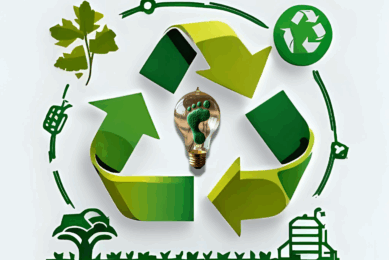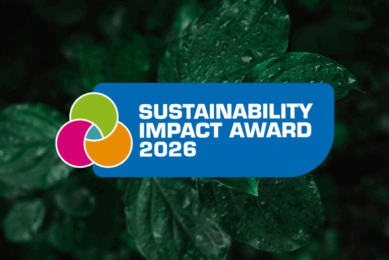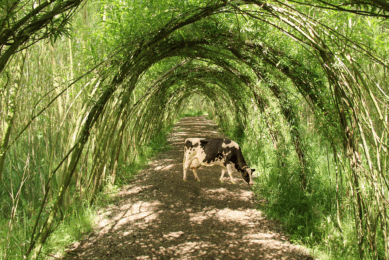Supporting cattle sustainability credentials
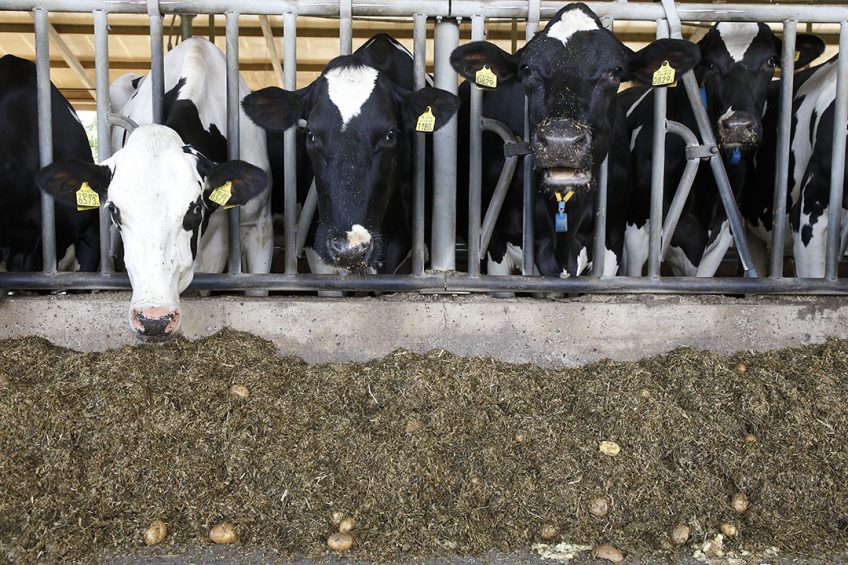
Animal feed is integral to profitable and efficient dairy and beef farming. This is why feed production plays a crucial role in how we reduce the environmental impact associated with the food system.
Covid 19 has underlined the need for resilient food systems. Feed production capacity is directly correlated with the amount of food available for human consumption and, indeed, general food security. Sustainable and efficient feed supply chains are relevant to small-scale livestock production all the way up to some of the world’s largest integrators. A growing challenge for the feed industry is competition with humans for similar feed sources. This challenges the industry to include feed additives to improve rumen efficiency and explore the use of bespoke feed ingredients that only ruminants can utilise.
A claim of ‘low carbon footprint’ – no longer enough
It is no longer sufficient to simply claim a low carbon footprint for your livestock production system or animal feed. This claim needs to be supported by repeatable, measurable, and verifiable evidence. Alltech E-CO2 has developed the Feeds EA™ model to help feed manufacturers and producers globally to measure and reduce the carbon footprint of their feed. The model measures the environmental impact of feed production at the feed mill level by assessing the impact of existing compounds or blends. This impact is determined by calculating greenhouse gas emissions from production, cultivation, processing, energy utilisation and transportation in feed manufacturing. With the model emissions from a database of more than 300 ingredients can be calculated, including raw materials, soya products, by-products, and additives. By reducing food waste through circular agriculture-type initiatives, we can be confident about the resilience of our food production systems and their ability to embrace more efficient use of resources. This is exemplified in initiatives such as supplementation of by-products to ruminants and closing nutrient loops. By reducing food loss and waste in our livestock production systems in a verifiable way, we can continue to make a strong case for the sustainable solutions our industry offers in slowing the pace of climate change.
Figure 1 – Impact of feeding Optigen to dairy cows.
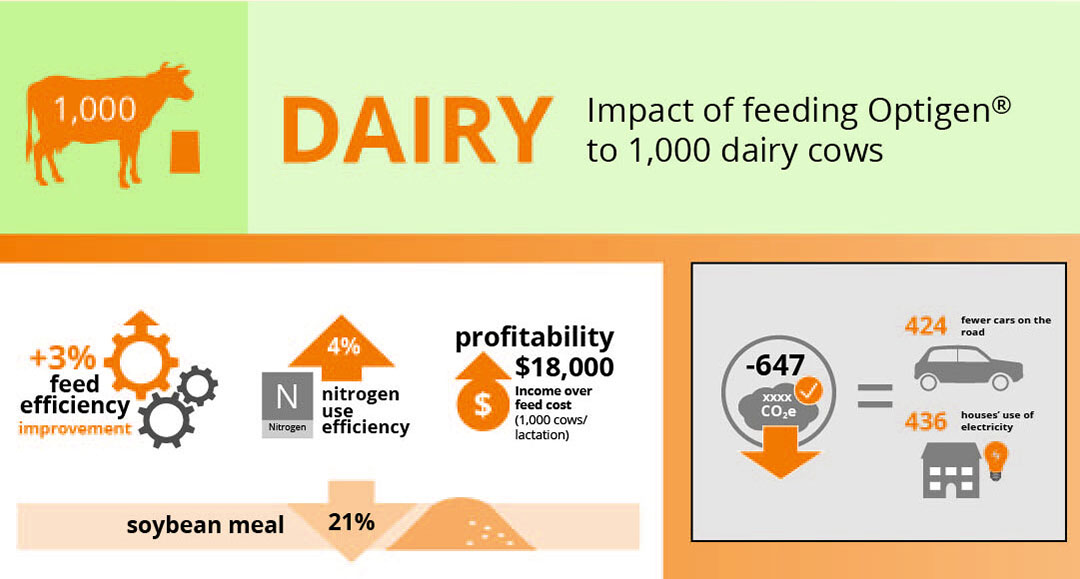
Mitigating waste
Precision agriculture and the application of ruminal ammonia to animal nutrition has been proven in recent meta-analyses of dairy and beef research designed to reduce environmental impact through improved utilisation of nitrogen in ruminant systems. Supply of ruminal ammonia (Optigen) through dairy diets was shown to:
- Improve nitrogen utilisation efficiency in dairy cattle by 4%, thanks to improved nitrogen capture in the rumen.
- Reduce manure nitrogen excretion by 12-13 g of nitrogen/cow/day.
- This data suggests, for example, that the use of Optigen could reduce annual manure nitrogen excretion in the US dairy sector by an average of 51,509 metric tonnes of nitrogen based on annual milk output.
Ruminal ammonia in dairy diets
Simply put, this approach aims to provide ‘the right amount of nitrogen, at the right time, in the right place’ to help reduce waste on farms. Results from the meta-analysis also showed that the use of ruminal ammonia in dairy diets resulted in:
- A carbon saving of around 54 g of CO2e per kg of milk.
- When extrapolated to the annual milk output of the German dairy sector, for example, this would be equivalent to a carbon emission reduction of 1.8 million metric tonnes of CO2e. Such a carbon saving represents 16% of the entire reduction target for German agriculture by 2030.
Dairy cows
A simulation analysis based on the results of the meta-analysis indicated that feeding Optigen to 1,000 dairy cows would increase income over feed costs by US$ 18,000 and reduce the carbon footprint of the herd by 647 metric tons of CO2e. That carbon reduction is the same as taking 424 cars off the road or 436 houses’ use of electricity.
Beef cattle
The meta-analysis of beef research highlighted how the partial replacement of vegetable protein led to a consistent improvement in the liveweight gain and feed efficiency of beef cattle. The many positive effects included an average higher liveweight gain (by 8%) and better feed efficiency (by 8%), with the inclusion of maize silage enhancing these effects. A simulation analysis based on these benefits indicated that feeding Optigen to gain 440 lbs. in 1,000 cattle would:
- Reduce the time to slaughter by 9 days.
- Reduce feed costs by US$ 18,000.
- Support a reduction in the carbon footprint of the beef unit by 111 tons of CO2e. That carbon saving is the same as taking 73 cars off the road or 75 houses’ use of electricity.
Sustainability not to come at a cost
Reducing the environmental impact of animal feed does not imply lower revenues for food system stakeholders. From large dairy farms in the US to the 300 million dairy cows mainly spread across small farms in India, sustainable solutions have become non-negotiable in animal nutrition. Profitability understandably drives this agenda. With animal feed typically representing the most significant variable cost in producing animal products, there is a business responsibility to ensure that we minimise food loss and waste. Animal feed production has underpinned the food system which has enabled global population growth over the last 150 years. It is now time to recognise this unique contribution and how it also helps to discover and implement technologies that reduce the environmental impact of animal products and support the circular economy.




